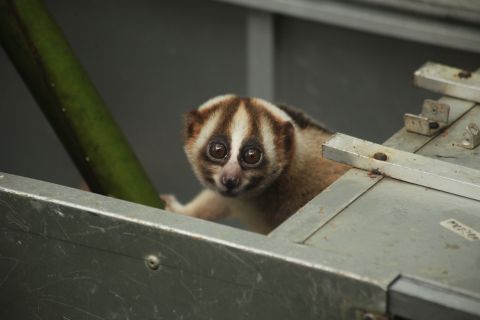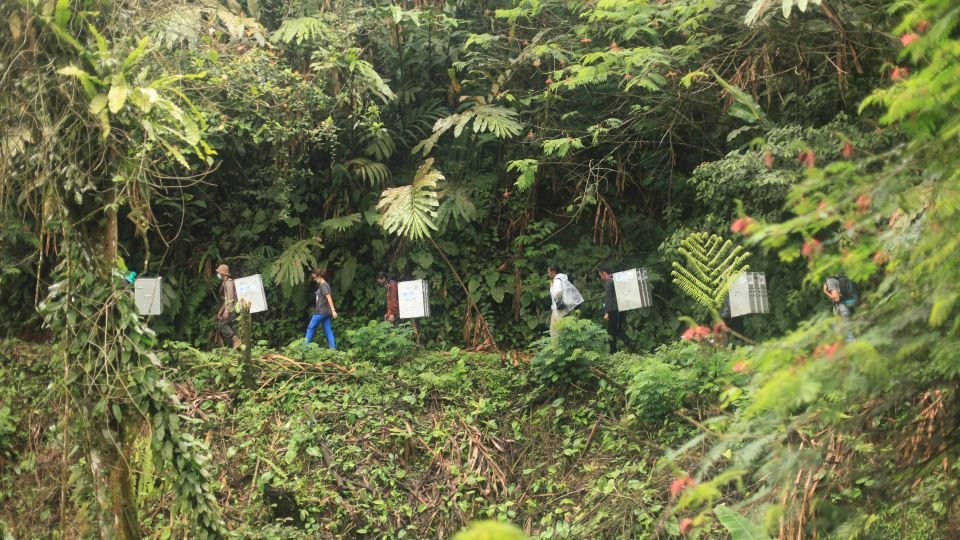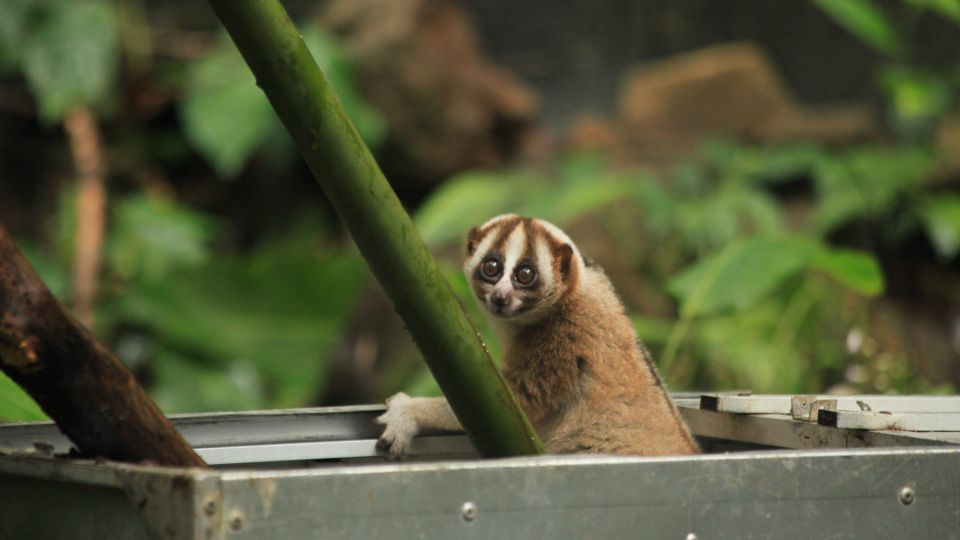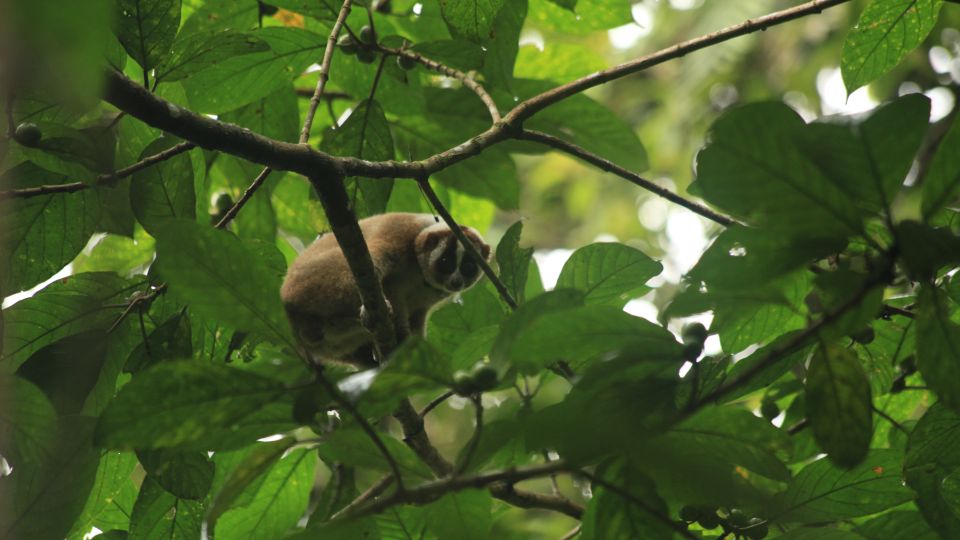
Fifteen Javan slow lorises have been returned to their natural habitat in the Mount Sawal Protected Forest on the island of West Java.
The shy, nocturnal primates will spend between two and four weeks in a habituation cage recovering from their long journey up the mountain and adjusting to their new environment.
The fifteen lorises consisted of five males and ten females. The males are named Jagara, Dores, Gaza, Rusma and Budiman, while the females are Cisa, Gemblong, Kumal, Jona, Gini, Elsa, Also, Kucel, At and Lola.

The little primates were all victims of the illegal pet trade and had been confiscated during law enforcement operations conducted by the police force in Bandung and Tasikmalaya, West Java in 2016. Since then they have been undergoing treatment and rehabilitation at our Primate Centre in Bogor. Our facility is the only rehabilitation centre for slow lorises in Indonesia.
Wendi Prameswari, our Animal Care Manager said: “The lorises have all completed a lengthy recovery and rehabilitation process. They have progressed through quarantine, a series of health checks, regular behavioural monitoring and feed enrichment until they were all finally pronounced healthy and ready for translocation to the habituation enclosure.”
The rehabilitation process is vital to restore the lorises’ natural instincts and behaviour. Wendy explains: “The condition of slow lorises that have been victims of the illegal pet trade is generally very poor,” she said. “They are stressed and malnourished after being stowed away in dirty, confined spaces and transported over long distances in airless containers with no access to food or water.”
Karmele Llano Sanchez, Programme Director of IAR Indonesia, said: “The habituation area is a piece of natural forest enclosed within a mesh barrier. Inside it there are various types of trees and vegetation that provide food and shelter for the lorises. The lorises spend between two and four weeks in the enclosure adapting to their natural habitat.
“During habituation, our team will observe and record the behaviour of the nocturnal primates during the night. If during this period they are active and don’t display any signs of abnormality, then they can finally be released into the wild.”
The preparation for reintroducing the lorises into the wild is a lengthy and costly one and must be carried out in line with strict operational procedures. In addition, habitat assessments are carried out at the release sites and post-release monitoring is used to ensure the successful survival of the lorises once they are back in the forest.

Post-release monitoring lasts for at least six months and is carried out using a ‘radio collar’ fitted around the neck of the loris. The radio transmits a signal to the receiver used by our monitoring team. This tool helps to locate the loris and monitor its progress in adapting to its new natural surroundings.
The slow loris conservation programme at Mount Sawal Protected Forest is a collaboration between the Centre for Conservation of Natural Resources West Java (BBKSDA) and International Animal Rescue (IAR) Indonesia. The programme is just one aspect of wider efforts to support local ecology, as well as to maintain and increase the population of this Critically Endangered primate species.
The Head of the Centre for Conservation of Natural Resources (BKSDA) Region III Ciamis, West Java, Himawan Sasongko said: “Since 2014 as many as 39 slow lorises that have been surrendered to the BKSDA and undergone rehabilitation at IAR’s centre in Bogor have already been released on Mount Sawal.
“Mount Sawal Protected Forest is known to be an important natural habitat for the Javan slow loris. From the results of the IAR and BKSDA field team study, this area has great potential in terms of availability of food and shelter for the species.”
Our CEO Alan Knight, said: “The release of these fifteen individuals is a real cause for celebration and congratulations are due to everyone involved. It is the culmination of two years’ intensive treatment and care in order to return these Critically Endangered primates to their natural habitat, in a place where they will be far from human settlements and free from further harm.”


